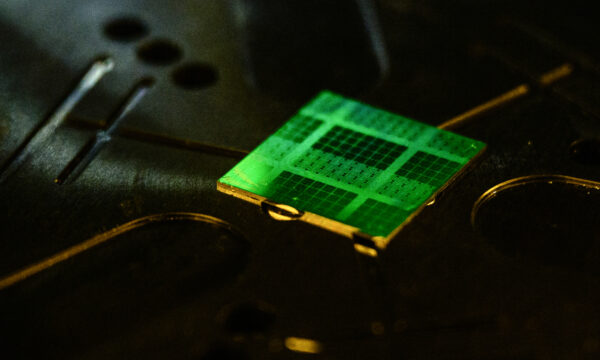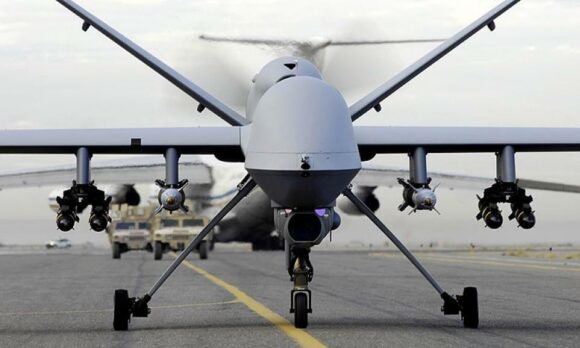Our rapidly changing world has profound implications for the future of warfare. Advancements in military technologies—in particular artificial intelligence (AI) and autonomy—are shaping the character of war and fundamentally changing how war may be fought in the future. The widespread adoption of military AI creates potential risks but also opportunity if the U.S. military can effectively harness it to gain critical advantages over adversaries. To explore this issue, the CNAS Defense Program is pursuing multiple lines of effort:
AI at the Warfighting Edge
From Ukraine to the Red Sea, AI is being employed and refined on the battlefield, representing an evolution of what is fast becoming an essential military technology and signaling a shift towards greater autonomy, speed, and effectiveness in modern warfare. This project explores how the U.S. military has leveraged AI to date across theaters and how it may employ AI and autonomous systems in future conflict.
Future Drone Wars
Recent conflicts, such as Nagorno-Karabakh, Libya, and Ukraine, have demonstrated how drones are shifting the way war is fought. This project examines global proliferation of military drones, their employment in modern conflicts, and new operational concepts leveraging drones that require differing levels of autonomy.
AI Assurance
AI presents new opportunities and offers strategic and tactical advantages across a range of domains and applications, from intelligence and business systems to maneuver and fires. This line of effort explores the procedural, institutional, and operational changes needed within the Department of Defense to safely and effectively leverage this technology across domains and applications.
AI Interoperability with Allies and Partners
A hallmark of the American way of war is fighting in coalitions alongside allies and partners. As the United States and its allies develop distinct AI and autonomous systems, new interoperability challenges will emerge and may hinder coalition operations. This project will explore the technical and policy issues that hinder building military AI interoperability.
Virtual Event | Drones and Deterrence: Building Taiwan's Asymmetric Capabilities
Stacie Pettyjohn, Ely Ratner, Molly Campbell
Nov 4, 2025
Research Team:
-
Stacie Pettyjohn
Senior Fellow and Director, Defense Program
-
Josh Wallin
Fellow, Defense Program
-
Molly Campbell
Research Assistant, Defense Program
-
Anna Avanesyan
Former Research Assistant, Defense Program
-
Jakob Barlow
Former Research Assistant, Defense Program
-
Kalena Blake
Intern, Defense Program
Highlights
-
Safe and Effective
The promise of artificial intelligence (AI) and autonomy to change the character of war inches closer to reality...
By Josh Wallin
-
Countering the Swarm
After decades of air dominance and a near monopoly on precision strike, the United States now faces a dramatically different, more hostile world as the proliferation of cheap ...
By Stacie Pettyjohn & Molly Campbell
-
To Compete with China on Military AI, U.S. Should Set the Standards
The United States has an opportunity to lead in global norms and standards for military AI at a critical moment, when the foundations laid today could shape how militaries use...
By Jacob Stokes, Paul Scharre & Josh Wallin



















